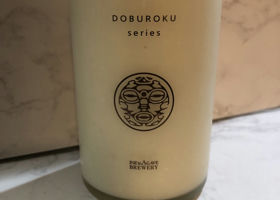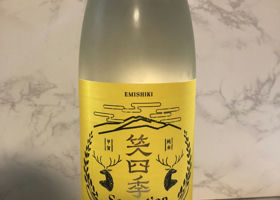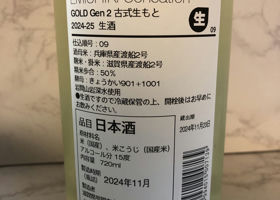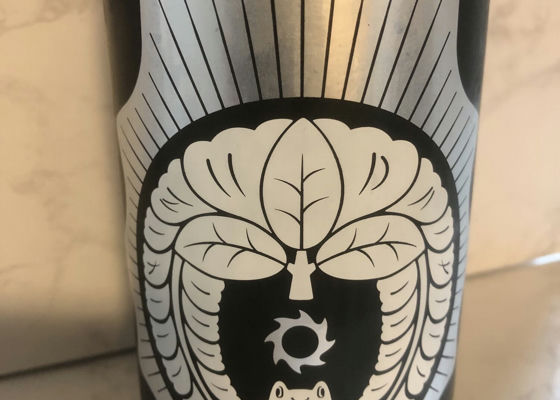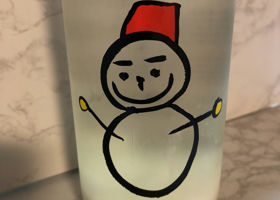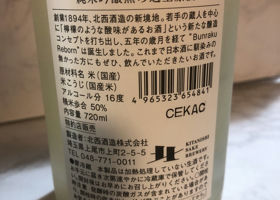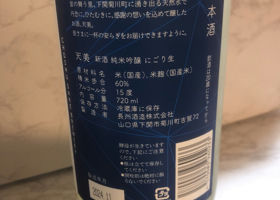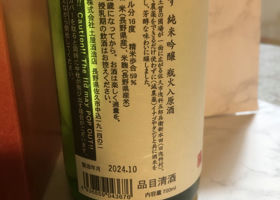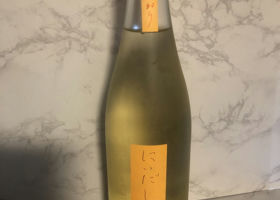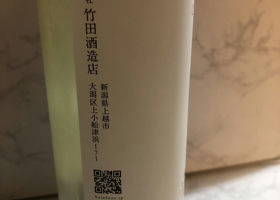ShokuHopped福島



baya
When served cold, it has a refreshing acidity and a subtle sweet flavor, followed immediately by a firm bitterness and a crisp finish.
It definitely has a hoppy taste.
When warmed up to lukewarm, the balance is not so good, but when cooled down, the bitterness disappears and the sweet-amami acidity increases, but the hop flavor is not found. It's an interesting change that makes you wonder why.
Japanese>English




